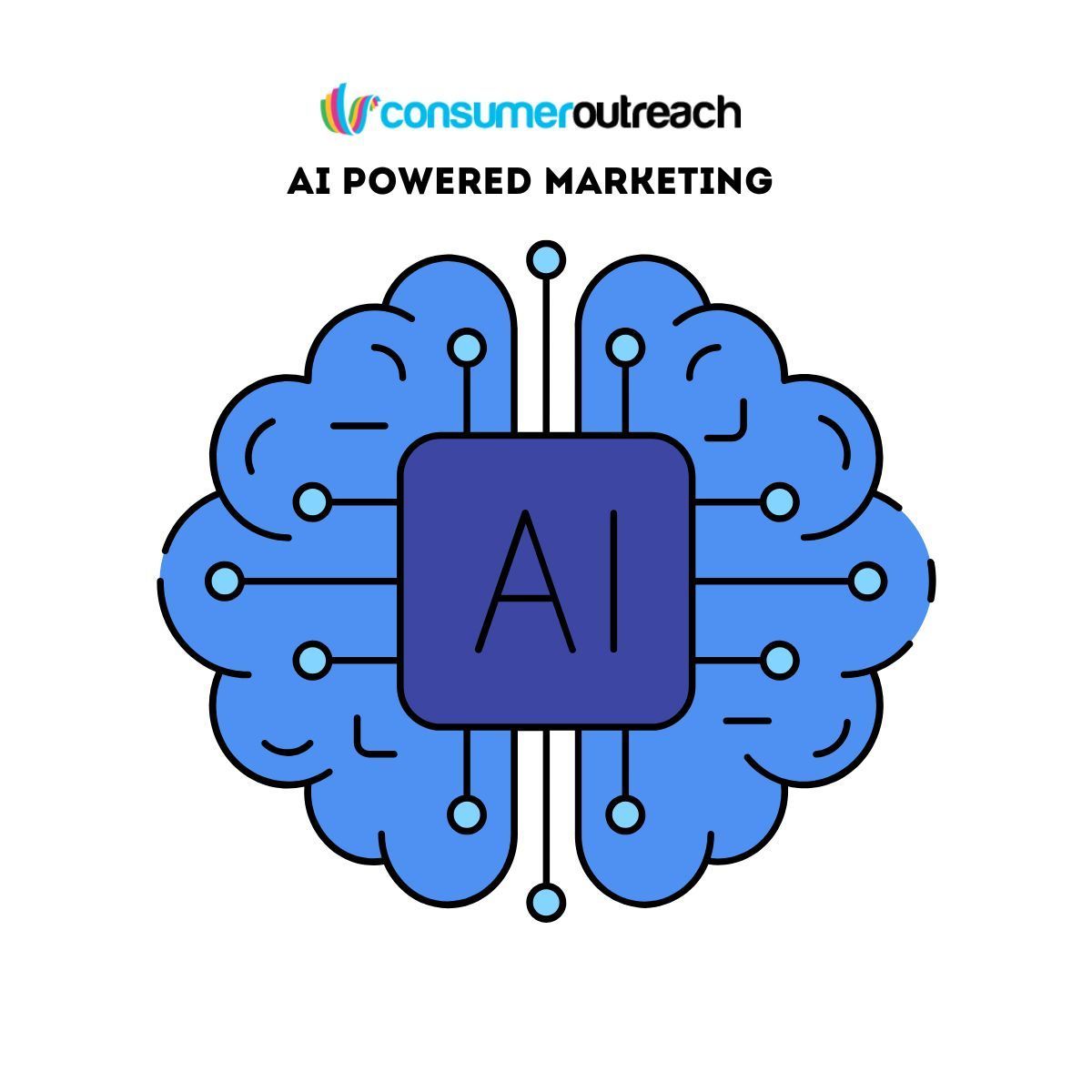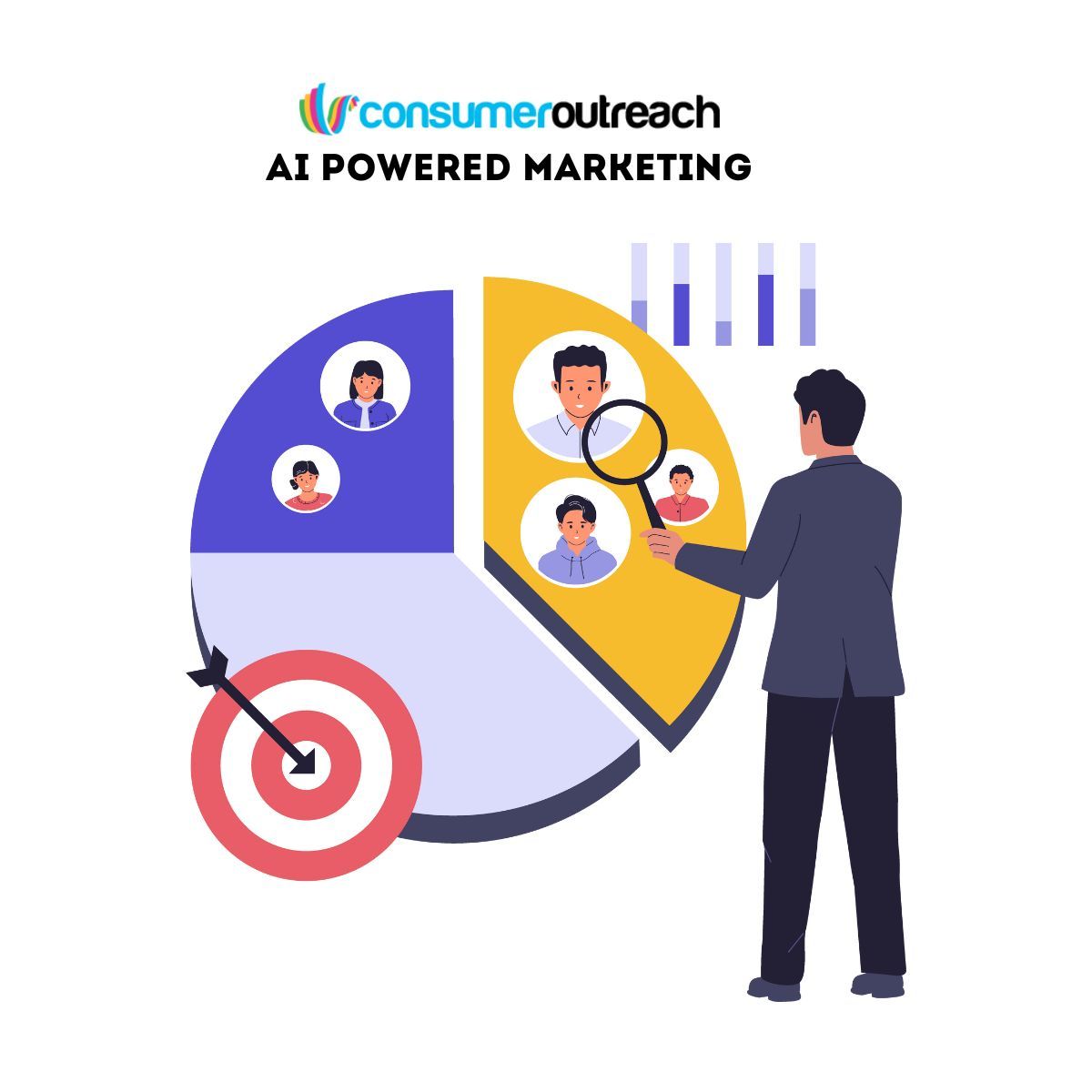How to Combine AI Scale with Human Authenticity in a Privacy-First World
AI is reshaping the way brands get seen, communicate, and convert. But with AI-driven content, tighter data regulations, and more fragmented digital channels, marketers are asking the same question:
How do you keep your voice human, your data clean, and your content visible—all at once?
The answer isn’t a magic tool or platform. It’s a smarter approach that blends machine efficiency with actual trust. Here’s how to do it.

Use AI in marketing, but don’t lose your voice
AI tools can crank out thousands of ad combinations, social captions, and even product descriptions. But if everything sounds the same, it gets ignored.
Here’s what works:
- Use AI to scale output, but give it strong brand guidelines to follow.
- Always edit with a human touch. Humour, empathy, and timing don’t come from a prompt.
- Mix in real content from creators or your own team. A face and a story will always perform better than a wall of text.
- Brands that lean on AI too hard sound robotic. Brands that ignore it fall behind. The middle ground is where you win.
Earn trust with first-party data
GDPR and CPRA have changed what marketers can collect and how they use it. So the shift to privacy-first marketing isn’t optional.
What you need:
- First-party data, collected directly from your audience with consent.
- Zero-party data, gathered through things like quizzes, surveys, or interactive content where users tell you what they want.
- Clear value exchange,offers, early access, or content that makes it worth it for someone to share their info.
This kind of data is cleaner and more accurate and actually makes your personalization smarter.
Get found in AI search results
We’re now in the era of zero-click search. People ask a question and get the answer without ever visiting a site. AI summaries, like those in Google’s Search Generative Experience, are changing how content is discovered.
To show up there, think Generative Engine Optimization (GEO):
- Write with clarity and structure.
- Include original insights, stats, or expert quotes.
- Use headings, clean formatting, and schema markup so AI knows what to pull.
You might not get the click, but you can still get the credit—and the brand lift that comes with it.
Publish where people are actually watching
Even the best blog won’t help you if your audience is on TikTok or Instagram Reels. That’s where short-form video comes in.
A video under 30 seconds gets the highest completion rate and is a powerful way to:
- Answer common questions
- Highlight product features
- Show the face behind the brand
These formats are great for both organic reach and retargeting. And when combined with first-party data, your follow-ups feel personal, not pushy.
The sweet spot: Authentic, compliant, and visible
The brands getting it right in 2025 aren’t just using AI. They’re using it strategically. They respect their audience’s data. They show up where attention lives. And they keep a real human voice at the center of it all.
That’s the mix:
- Connect with humans
- Respect privacy
- Stay visible across platforms
None of this is easy. But it’s doable—and it’s already happening.
FAQs
What is Generative Engine Optimization?
It’s the practice of formatting your content so it appears in AI-generated search summaries, even if users don’t click through.
Is first-party data enough to personalize marketing?
Yes. When collected with clear consent and a good value exchange, it can outperform third-party data in both accuracy and relevance.
How can I keep AI-generated content from sounding generic?
Use clear brand voice guidelines, include real examples, and have a human editor review all outputs.
What’s a good way to collect zero-party data?
Quizzes, calculators, or surveys that offer something useful in exchange for answers are effective and compliant.
Why should I invest in short-form video?
It’s where people spend time. Video drives discovery, retention, and conversions, especially on mobile-first platforms.










